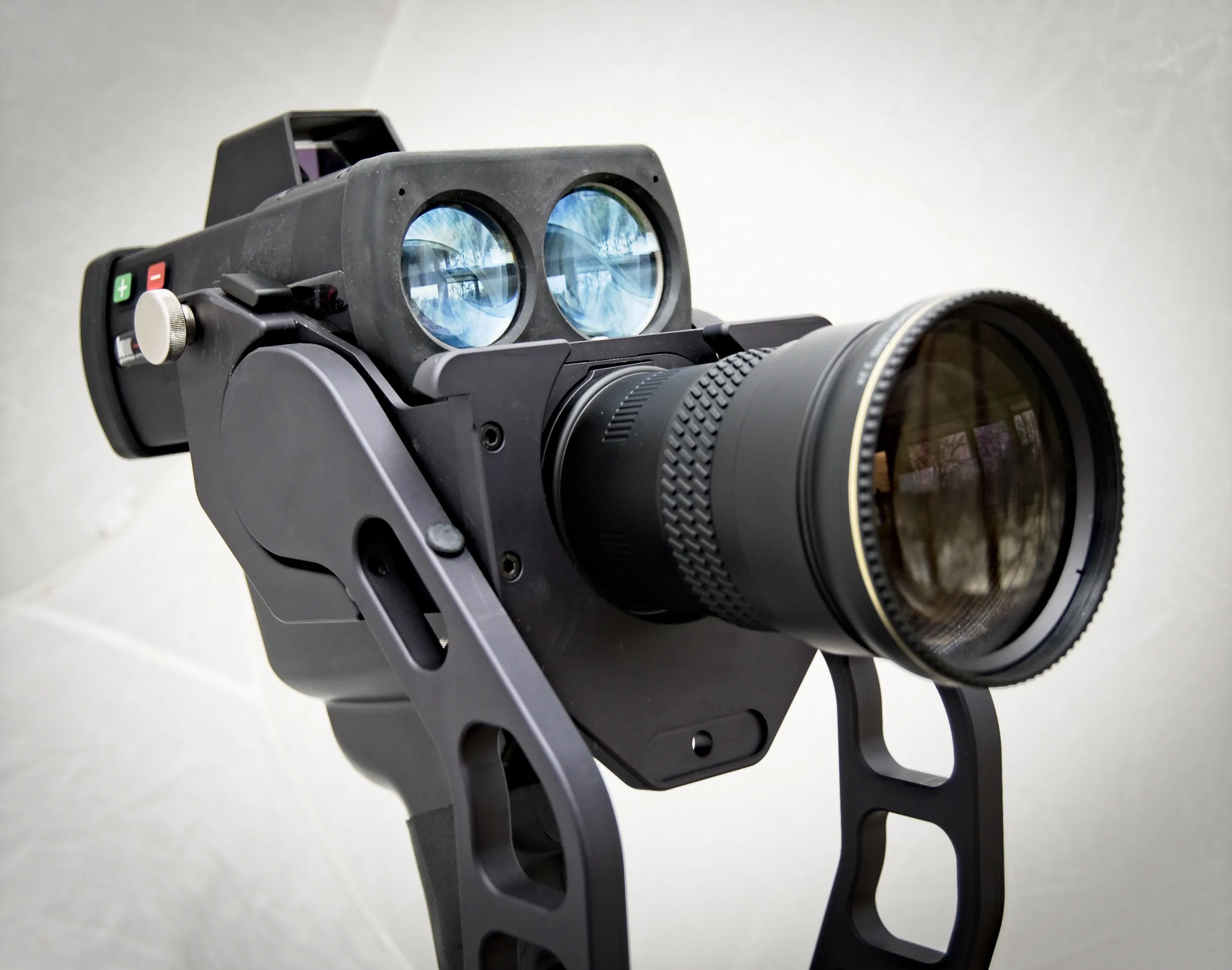
Truvelo (UK) is showing off a range of enforcement products at Traffex, which takes place at the NEC, Birmingham on 14-16 June.
These include mobile and fixed-speed and red-light enforcement solutions plus back-office capability and a civil engineering offering which supports systems installation/repair and the provision of traffic-calming solutions such as speed bumps and road markings.
Its IP55-certified Lasercam4 digital hand-held camera weighs 1.7kg and can be used on- and off-highway for criminal and civil enforcement activities.
It can store up to 2,000 offences on its internal memory, with a 3.2" colour touchscreen and integral eight-hour power supply.
The camera’s Class 1 Eye-Safe laser is effective from 3-750m, with a beam divergence of <1mrad.
Lasercam4 has an acquisition time of a third of a second and speed accuracy is +/-1mph over a 10-200mph range.
Truvelo’s Via-Cam radar speed enforcement camera will also be on display. The company says recent deployments include a wind/solar installation which is entirely off-grid.
The firm says its Violation Management System (VMS) is an electronic back office capable of processing all types of enforceable driving and parking offences, accepting inputs from many different manufacturers’ products.
It can be supplied as an internal private cloud version which will operate on servers behind customers’ own firewalls, or as Software as a Service direct from Truvelo using any cloud-based environment, including UK police service-approved Microsoft Azure.
Meanwhile, Truvelo's in-house civil engineering team undertakes all aspects of works relating to fixed camera deployment, such as loop and piezoelectric sensor installation services or camera pole and site refurbishment for existing deployed systems.
In 2021, the company has a place on the Crown Commercial Services TTAS framework, which permits UK public-sector bodies to procure from Truvelo by way of direct award as well as further competition.









